

In recent years, living spaces in Hong Kong have been redefined by a wave of technology-driven advances. Residents are increasingly seeking solutions that harmonize convenience, efficiency, and style within the city's famously compact homes. This phenomenon is changing daily routines, with appliances and devices that anticipate needs—sometimes before even the homeowner does. In a metropolis renowned for its blend of old and new, integrating smart innovations into the home has become a hallmark of forward-thinking urban living.
For many in Hong Kong, modern home products represent more than just upgrades. They serve as integral parts of a connected lifestyle, making spaces smarter, safer, and better suited to fast-paced urban demands. From voice-controlled lighting to ultra-efficient climate systems and security tools that fit discrete high-rise homes, these technologies embody a new era of practical innovation tailored for city dwellers.
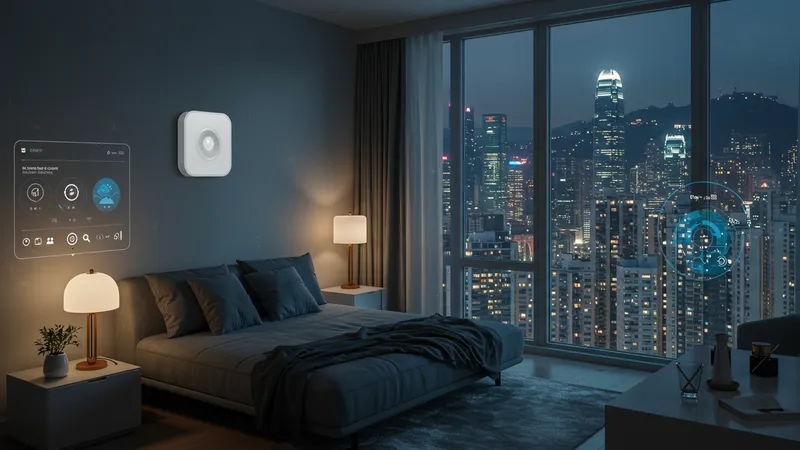
These products have gained traction in Hong Kong not just for their features, but also their adaptability to smaller apartments—a necessity given the city’s high property prices. For example, the ECOVACS DEEBOT is programmed to maneuver effortlessly through tight corridors, while the Philips Hue system lets residents create ambiance tailored to limited living areas.
Smart home centralization, like with Samsung’s SmartThings Hub, is a key trend. It empowers users to integrate various branded devices onto a single interface, creating an ecosystem where appliances and home security work seamlessly. Meanwhile, local support for Cantonese in devices such as TMall Genie has made smart control even more accessible.
Security and wellness are central to user preferences. Lockly and Ring deliver peace of mind in high-density neighborhoods, while the Xiaomi Air Purifier and LG Air Conditioner optimize indoor environments—an important consideration given Hong Kong's variable air quality and climate.
The pricing of these products reflects diverse strategies. While some, like TMall Genie, deliberately target affordability for mass adoption, others, such as the Dyson Airwrap, appeal to those seeking premium experiences. Across the range, there’s a clear trend toward devices that are easy to install in rented flats and that require little technical know-how.
As technological expectations grow, each of these products is influencing how Hong Kongers perceive and utilize their private spaces. Yet the next layer of innovation lies in how these solutions are being personalized and interconnected—a landscape that reveals even more compelling developments ahead.
Hong Kong’s demand for intelligent living is expressed across several distinct product categories. Lighting automation, represented by systems like the Philips Hue, enables remote and voice-based control over ambience, which is especially valuable in homes where multi-functionality is a must. Smart security, an essential in densely populated buildings, is advancing rapidly through products such as Ring and Lockly, which deliver real-time notifications and remote access via mobile apps.
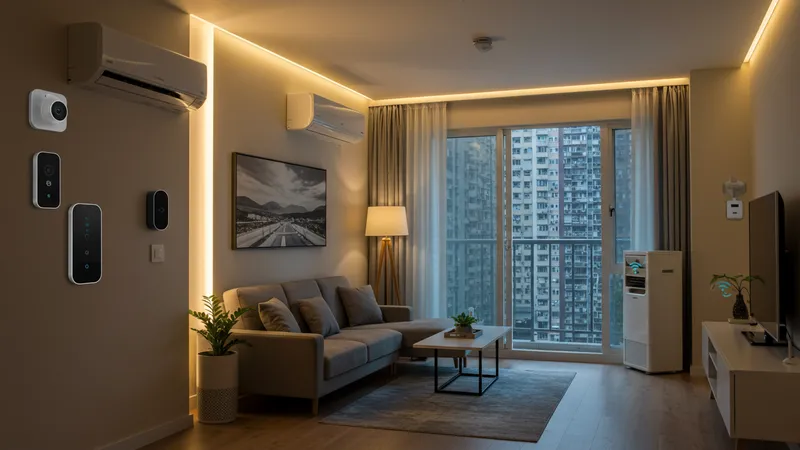
Air quality and climate control have received particular attention. Xiaomi Smart Air Purifier and LG’s Wi-Fi Inverter Air Conditioner respond to local needs for comfort and health, as apartments in Hong Kong often lack outdoor space or advanced central ventilation. These solutions use sensors and AI algorithms to regulate the environment efficiently, a strong selling point in seasonal humidity and pollution.
Household automation and routine management are transformed by robotic vacuums like ECOVACS DEEBOT and smart appliances such as Bosch’s connected washing machine. These products not only save time but are also compact enough to store easily in smaller flats—the kind prevalent throughout Hong Kong’s residential landscape.
Centralized smart home hubs, such as Samsung SmartThings, serve as the backbone for interconnected living. By uniting lighting, security, and appliances under one platform, these hubs simplify daily control, push notifications, and even energy monitoring—features that align with local preferences for efficiency and simplicity.
Integrating advanced home products into Hong Kong’s urban lifestyle provides clear advantages, starting with time-saving. A smart washing machine like Bosch Series 8 can be triggered from a smartphone on the MTR, ensuring laundry is complete when you arrive home. Similarly, robotic vacuums handle cleaning autonomously, freeing up valuable personal time after long workdays.
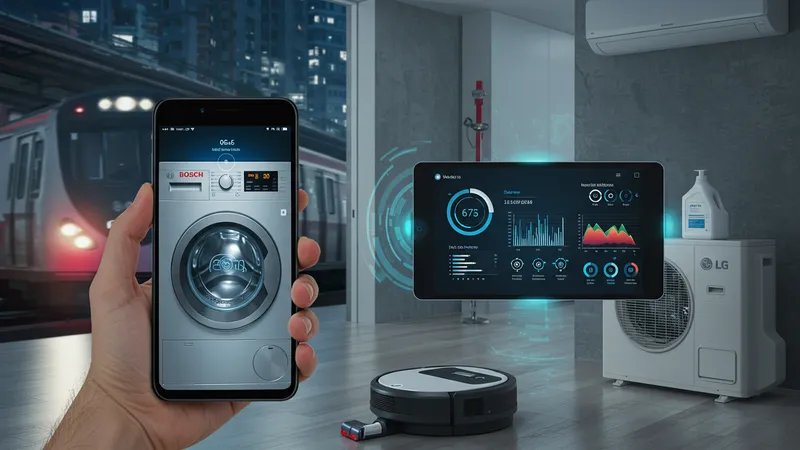
Energy efficiency is another compelling benefit. Smart air conditioners, such as those from LG, adjust operation according to real-time occupancy or external temperature data. This leads to significant savings on utility bills, addressing an important concern for budget-conscious consumers in a city with high energy costs.
Safety is also enhanced. The Ring Video Doorbell and Lockly smart locks allow users to track visitors, grant access, and receive security alerts directly on their phones—particularly valuable in high-rise environments where traditional intercoms are easily bypassed. Users can monitor deliveries and management issues from inside or outside the home.
The adaptability and customizability of these products mean both owners and renters can personalize their space without permanent modifications. Voice assistants, like TMall Genie, offer Cantonese support, making smart controls inclusive and aligning with local cultural contexts. As adoption grows, the return is not just convenience, but a fuller sense of control over one’s urban environment.
Despite growing excitement, there are practical considerations when adopting smart home solutions in Hong Kong. Limited space presents challenges for device placement and network connectivity—especially in older buildings with thick walls. Products like ECOVACS DEEBOT and Philips Hue are designed for compact spaces, but some homeowners may need additional support for optimal installation.
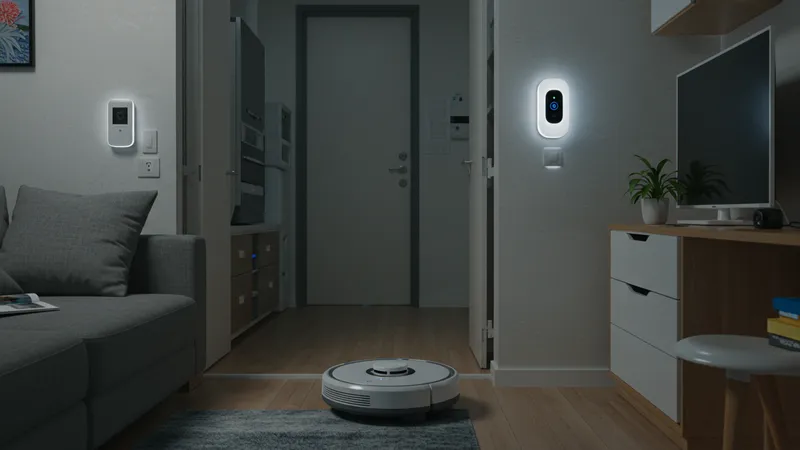
Privacy is front of mind, particularly for smart security devices. Brands are addressing local concerns by offering encrypted connections and customizable access controls. Still, understanding data policies and keeping devices updated is crucial for continued peace of mind in a dense urban setting.
Integration across brands can be complex, especially when mixing international and local products. Hubs like Samsung SmartThings make it more manageable, but not all devices support unified ecosystems out of the box. Consumers benefit from researching compatibility and planning upgrades to avoid ecosystem lock-ins.
Cost remains a consideration, particularly for premium brands. However, users often prioritize features that deliver noticeable day-to-day impact. Entry-level options—like TMall Genie—allow users to explore smart living affordably, while more expensive systems can be phased in over time as needs evolve.
The smart home landscape in Hong Kong is rapidly looking beyond individual devices to integrated living environments. Future products are expected to be even more interoperable, connecting lighting, climate, and security controls into a seamless experience. Artificial intelligence will likely enhance this trend, enabling proactive suggestions, personalized settings, and predictive maintenance—minimizing hassles for users regardless of technical expertise.
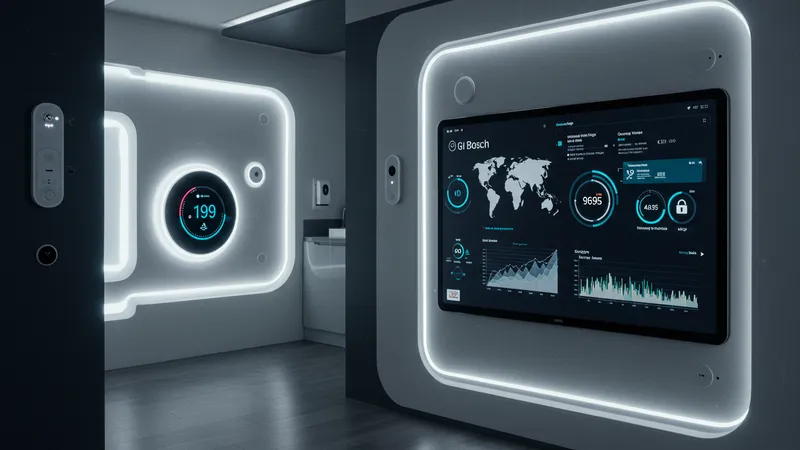
Interconnectivity is also being shaped by rising demand for sustainability. Energy management features are becoming standard, with manufacturers such as LG and Bosch integrating real-time analytics that help reduce carbon footprints—an important concern given Hong Kong’s policy drive for greener city living.
Local manufacturers and global brands are collaborating to address unique challenges, such as supporting multiple languages and optimizing installation for high-density apartments. Product iterations will likely further tailor form factors and functions for the city’s towers and lifestyle patterns, setting the stage for region-specific innovation leadership.
Ultimately, the appeal of smart home living in Hong Kong lies in continuous improvement: making homes more comfortable, safer, and adaptive to the future. As innovation accelerates, residents can expect not only new features, but also a broader shift toward fully connected, responsive urban living environments.